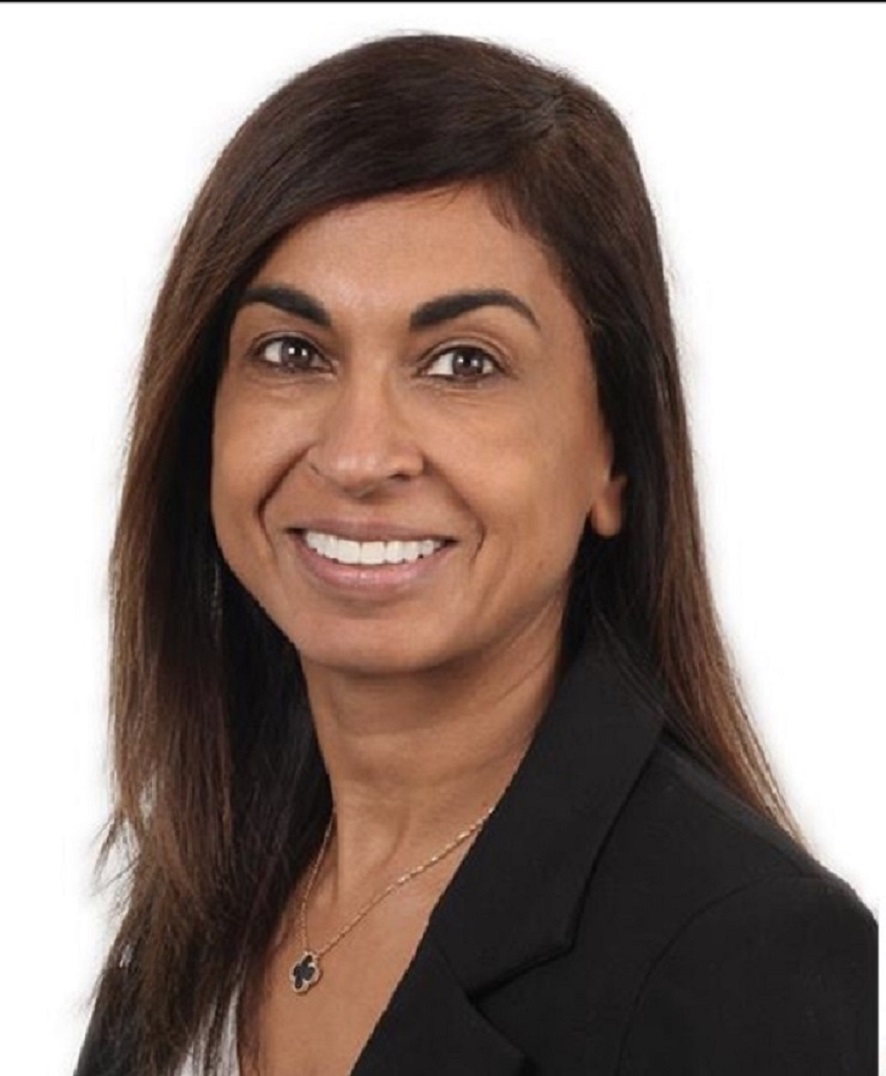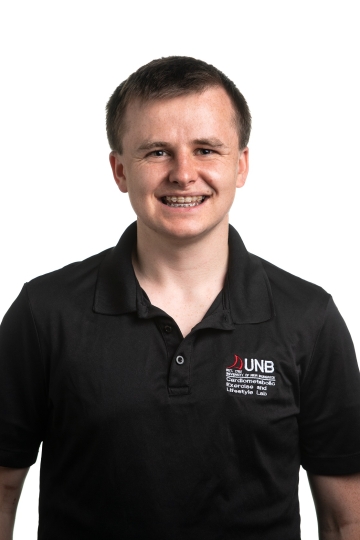Dr. Shelina Babul (she/her)
Associate Director, BC Injury Research and Prevention Unit
BC Children’s Hospital
Learn About My Career
My work covers all causes of injury, from falls, motor vehicle crashes and poisonings to sport-related injuries.
I was born/grew up in: My family is originally from East Africa, where I was born. I moved to London, England when I was a very young age. This was followed by living in the Lower Mainland of British Columbia for over 40 years.
I now live in: I currently live in the Lower Mainland of British Columbia.
I completed my training/education at: I studied for both my Bachelor of Science and my PhD at the University of British Columbia. I did my undergraduate degree in Biopsychology, and my doctorate in Kinesiology, Exercise Physiology, with a special focus on Hyperbaric Medicine.
At work, my day is filled with meetings, presentations, administration, teaching, reading, reviewing documents, and writing. I rely on my incredible team at work to keep me organized, connected, and productive.
I provide leadership for injury prevention efforts in British Columbia. I do this through our relationship with the government, including the BC Centre for Disease Control and the Ministry of Health. I am also linked into injury prevention at the national level. I work with partners across Canada, and national organizations like Parachute – the national NGO for injury prevention.
I am also responsible for the day-to-day administration needed in the hiring and management of the staff. I work with our Finance Manager to balance budgets and make sure things are on track.
I also teach at the University of British Columbia, both for our graduate level course in injury prevention, as well as a guest lecturer for other courses. I supervise all levels of students. This ranges from high school volunteers to summer students to Master’s/PhD students.
I also run my program of research. I focus on the translation of “research to action” for concussion prevention, recognition, response, diagnosis, treatment, and management. The research on concussion has been evolving over the past decade. Towards this end, I work with neuroscientists and others, who are learning what happens to the brain when it is injured by concussion, and learning how best to detect and treat concussion. Working in this area requires knowledge in all STEM skills.
I supervise and manage my concussion research team. I keep track of our many projects and the work that needs
In high school, I thought that I might go into medicine or dentistry. Upon reflection, I decided to build upon my love of sports. I was interested to learn more about how our bodies move and how to stay strong and healthy through training and exercise. Exercise physiology focuses on the treatment and management injury and other conditions. My doctoral thesis looked at the role of hyperbaric oxygen therapy for the treatment of sport injuries. My mentor, Dr. Jack Taunton, has had a significant influence in both my education and career choices.
I joined the BC Injury Research and Prevention Unit (BCIRPU) as a research assistant when it first opened. This opportunity opened the door to my career growth within the area of injury prevention. It also supported my specific interest in sports injury. I now have a leadership role within the BCIRPU.
The biggest challenge I have faced in my career has been in securing the research funding needed to run my concussion program. As with all scientific research, funding is needed to purchase equipment and to pay your team. I have been very fortunate in getting funding through research grants and partnerships with concussion prevention stakeholders and the Ministry of Health.
I am excited about making connections, with my colleagues, my students, and the public. I feel fulfilled when I can see the difference my work is making in the world. This includes helping others to think about injury prevention and to keep themselves and their loved ones safe.
Injury prevention promotes engaging in life and staying healthy. My work is relevant, as we see the consequences of injury every day in the news. We see social change in people adopting injury prevention strategies into their daily lives. Examples of this are using seatbelts and child restraints, having reduced tolerance for speeding & driving under the influence, supporting cycling infrastructure and wearing bike helmets. It also includes such things as taking swimming lessons and using life jackets, and equipping themselves with the proper sports equipment and learning about concussions.
The aspects of my career that are most interesting are finding the best ways to implement new strategies and education the public. Most of all, it is seeing the burden of injury decline. I enjoy being part of the solution. This is the right career for me, as it is challenging every day. It is personally rewarding as it has influenced how I am living my life, and how I am caring for my family and friends.
My work spans injury prevention from all causes to a specific focus on concussion. Injury is the leading cause of death among Canadians ages 1 to 44 years. This includes deaths from poisonings, falls, motor vehicle crashes, and other causes. Injuries can result in death, hospitalization, and disability. This costs Canadians over $29 billion every year. Investment in evidence-based injury prevention efforts saves lives and preserves health.
Concussions are the most common form of brain injury. This can be caused by an impact or forceful motion of the head or other part of the body. Nearly 600 people are hospitalized for a concussion each year in BC. Approximately 14,500 visit the emergency department. This is an underestimate of the true burden of concussion. It is very important that the health care professionals, coaches, athletes, teachers, parents and caregivers, workers and employers, and others all understand how serious an injury concussion really is. It is also important that they know how to recognize it and what to do to support recovery. Although the majority of cases heal uneventfully, if mismanaged, this invisible injury can lead to long term health problems.
Outside of work, I enjoy family time with my husband and daughter, walking my two dogs, and going for a run. I feel that it is important to give back to the community. I participate in feeding the homeless in the downtown eastside, and sponsoring families in need of food, clothing and gifts for the holidays. I grew up and continue to play both soccer and hockey.
My advice to anyone interested in the STEM skills and future work opportunities is to talk to people. Do not hesitate to learn about the work people are doing and how they got there. Be willing to volunteer in labs and offices to get a better understanding of what is out there.
What I do at work
At work, my day is filled with meetings, presentations, administration, teaching, reading, reviewing documents, and writing. I rely on my incredible team at work to keep me organized, connected, and productive.
I provide leadership for injury prevention efforts in British Columbia. I do this through our relationship with the government, including the BC Centre for Disease Control and the Ministry of Health. I am also linked into injury prevention at the national level. I work with partners across Canada, and national organizations like Parachute – the national NGO for injury prevention.
I am also responsible for the day-to-day administration needed in the hiring and management of the staff. I work with our Finance Manager to balance budgets and make sure things are on track.
I also teach at the University of British Columbia, both for our graduate level course in injury prevention, as well as a guest lecturer for other courses. I supervise all levels of students. This ranges from high school volunteers to summer students to Master’s/PhD students.
I also run my program of research. I focus on the translation of “research to action” for concussion prevention, recognition, response, diagnosis, treatment, and management. The research on concussion has been evolving over the past decade. Towards this end, I work with neuroscientists and others, who are learning what happens to the brain when it is injured by concussion, and learning how best to detect and treat concussion. Working in this area requires knowledge in all STEM skills.
I supervise and manage my concussion research team. I keep track of our many projects and the work that needs
My career path is
In high school, I thought that I might go into medicine or dentistry. Upon reflection, I decided to build upon my love of sports. I was interested to learn more about how our bodies move and how to stay strong and healthy through training and exercise. Exercise physiology focuses on the treatment and management injury and other conditions. My doctoral thesis looked at the role of hyperbaric oxygen therapy for the treatment of sport injuries. My mentor, Dr. Jack Taunton, has had a significant influence in both my education and career choices.
I joined the BC Injury Research and Prevention Unit (BCIRPU) as a research assistant when it first opened. This opportunity opened the door to my career growth within the area of injury prevention. It also supported my specific interest in sports injury. I now have a leadership role within the BCIRPU.
The biggest challenge I have faced in my career has been in securing the research funding needed to run my concussion program. As with all scientific research, funding is needed to purchase equipment and to pay your team. I have been very fortunate in getting funding through research grants and partnerships with concussion prevention stakeholders and the Ministry of Health.
I am motivated by
I am excited about making connections, with my colleagues, my students, and the public. I feel fulfilled when I can see the difference my work is making in the world. This includes helping others to think about injury prevention and to keep themselves and their loved ones safe.
Injury prevention promotes engaging in life and staying healthy. My work is relevant, as we see the consequences of injury every day in the news. We see social change in people adopting injury prevention strategies into their daily lives. Examples of this are using seatbelts and child restraints, having reduced tolerance for speeding & driving under the influence, supporting cycling infrastructure and wearing bike helmets. It also includes such things as taking swimming lessons and using life jackets, and equipping themselves with the proper sports equipment and learning about concussions.
The aspects of my career that are most interesting are finding the best ways to implement new strategies and education the public. Most of all, it is seeing the burden of injury decline. I enjoy being part of the solution. This is the right career for me, as it is challenging every day. It is personally rewarding as it has influenced how I am living my life, and how I am caring for my family and friends.
How I affect peoples’ lives
My work spans injury prevention from all causes to a specific focus on concussion. Injury is the leading cause of death among Canadians ages 1 to 44 years. This includes deaths from poisonings, falls, motor vehicle crashes, and other causes. Injuries can result in death, hospitalization, and disability. This costs Canadians over $29 billion every year. Investment in evidence-based injury prevention efforts saves lives and preserves health.
Concussions are the most common form of brain injury. This can be caused by an impact or forceful motion of the head or other part of the body. Nearly 600 people are hospitalized for a concussion each year in BC. Approximately 14,500 visit the emergency department. This is an underestimate of the true burden of concussion. It is very important that the health care professionals, coaches, athletes, teachers, parents and caregivers, workers and employers, and others all understand how serious an injury concussion really is. It is also important that they know how to recognize it and what to do to support recovery. Although the majority of cases heal uneventfully, if mismanaged, this invisible injury can lead to long term health problems.
Outside of work I
Outside of work, I enjoy family time with my husband and daughter, walking my two dogs, and going for a run. I feel that it is important to give back to the community. I participate in feeding the homeless in the downtown eastside, and sponsoring families in need of food, clothing and gifts for the holidays. I grew up and continue to play both soccer and hockey.
My advice to others
My advice to anyone interested in the STEM skills and future work opportunities is to talk to people. Do not hesitate to learn about the work people are doing and how they got there. Be willing to volunteer in labs and offices to get a better understanding of what is out there.
When I was a student I enjoyed:
- Physical Education/Health
- Science
When I was a student, I would describe myself as someone who:
- Brought people together
- Always wanted to be outside
- Liked helping people
- Organized activities for my friends
- Played on a sports team
- Was motivated by success
- Liked being given free range to explore my ideas
- Engaged in volunteer activities
- Felt at home in the outside, natural environment
- Felt great satisfaction in getting good grades
- Learned best “by doing”
Partners
Prospective Medical Professionals
Let’s Talk Science appreciates the support of the Prospective Medical Professionals (PuMP) organization in connecting us with this individual.
Prospective Medical Professionals (PuMP), is a federally registered charity on a mission to help Canadian high school and post-secondary students understand different career pathways in life and health sciences. PuMP connects students with learning opportunities, as well as encouraging community involvement by providing resources, local events and conferences. PuMP intends to create transparency between students and this ever-changing, competitive field, aims to empower youth to continue exploring possible careers in healthcare. For more information check them out at https://pumprofessionals.org/.

Related Topics
Explore More Career Profiles
-
Brianna Lummerding
Career Profiles
Agronomic Innovation Manager
I look after all things related to soil management for a group of retailers. -
Li Tan (he/him)
Career Profiles
Molecular Lead
I coordinate the day-to-day operations in the DNA Extraction Lab. -
Tyler Morhart (video)
Career Profiles
Scientist, Beamline Responsible - SyLMAND
I am responsible for the SyLMAND beamline at the Canadian Light Source synchrotron facility. -
Li Tan (Video)
Career Profiles
Molecular Lead
I coordinate the day-to-day operations in the DNA Extraction Lab. -
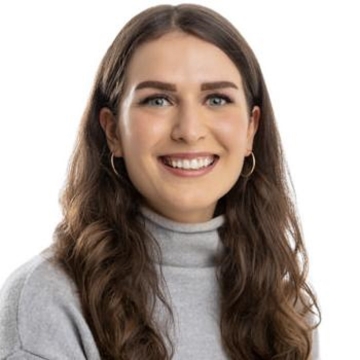
Rashell Featherstone (she/her)
Career Profiles
Senior Program Associate
I coordinate projects for the development of new products at STEMCELL. -
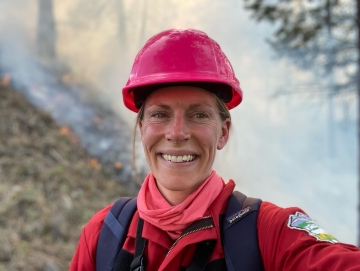
Kira Hoffman (she/her)
Career Profiles
Postdoctoral Researcher/Fire Ecologist
I am a researcher at both a university and a not-for profit organization where I am gaining experience to become a senior researcher. -
Zoë Ehlert (Video)
Career Profiles
Manager, Marker Assisted Breeding
I lead a team that develops canola crops by breeding plants with traits we are looking for. -
Zoë Ehlert
Career Profiles
Manager, Marker Assisted Breeding
I lead a team that develops canola crops by breeding plants with traits we are looking for. -
Jennifer Baltzer (she/her)
Career Profiles
Professor and Canada Research Chair in Forests and Global Change
I work at a university, teaching students and conducting research on the impact of climate change on forests in Canada and around the world. -
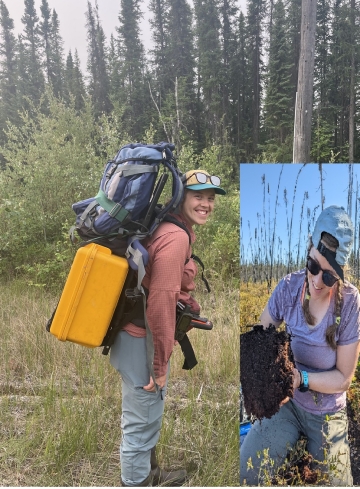
Caitlyn Lyons (she/her)
Career Profiles
Ph.D. Candidate
I am working towards my PhD and studying the forests in the Northwest Territories. -
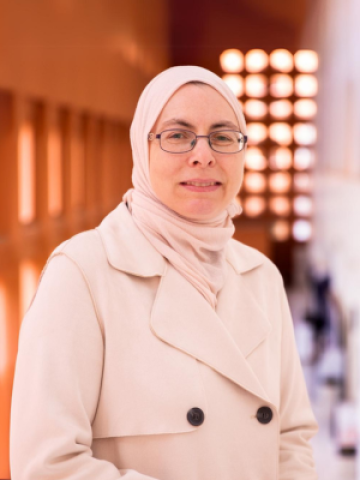
Joann Whalen
Career Profiles
Professor at the Faculty of Agricultural and Environmental Sciences,
I teach advanced courses on how to manage soils to produce healthy, nutritious food and maintain healthy ecosystem functions.
